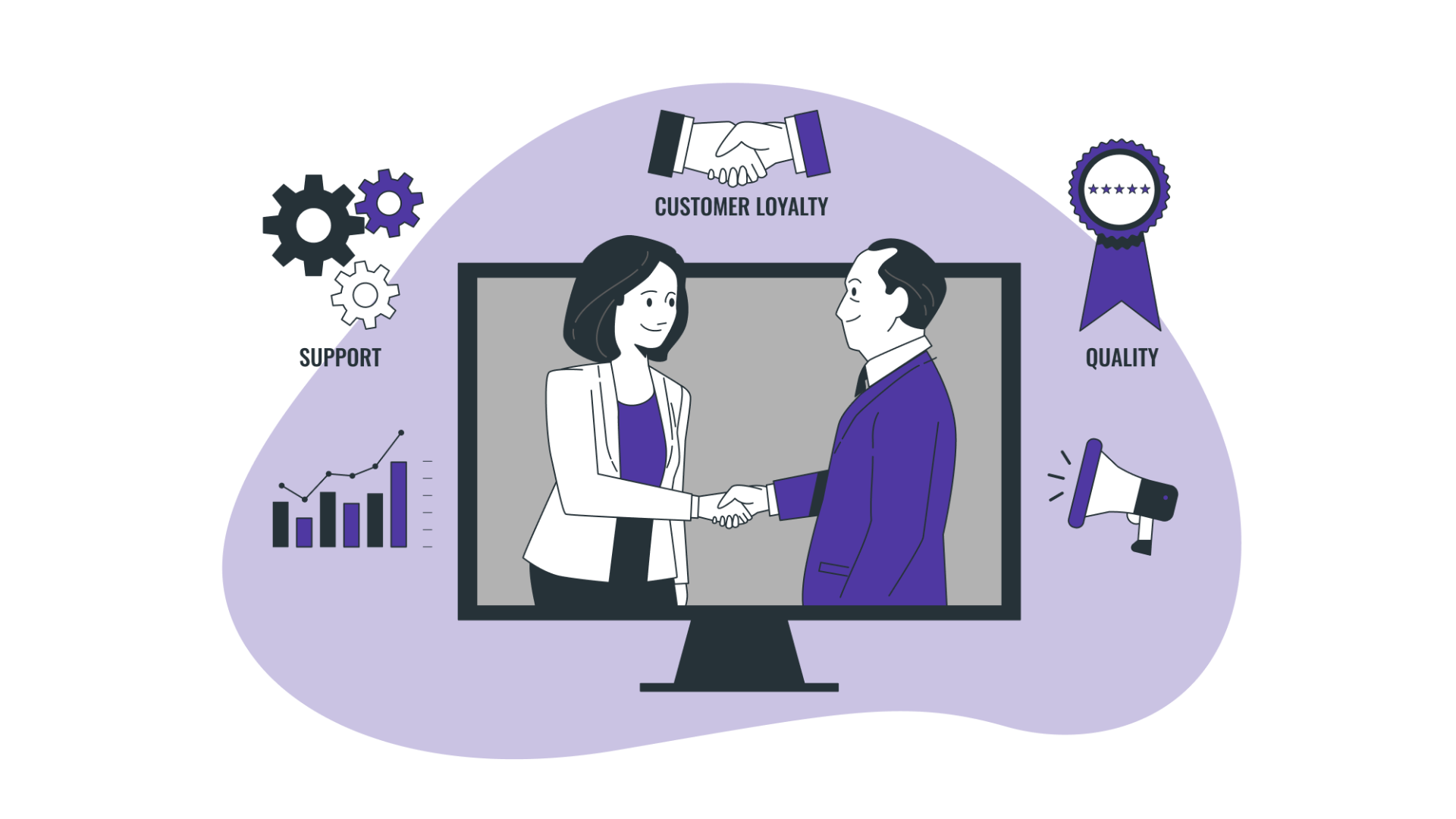
Getting new customers is hard. Keeping them? That’s where the real challenge and opportunity lie.
In 2025, with rising ad costs, shrinking attention spans and growing competition, customer retention has gone from being a smart strategy to an absolute necessity.
Because here’s the thing: You can keep pouring money into lead generation…
Or you can build a system that turns every customer into a repeat customer. That’s what customer retention is all about.
It’s not just about reducing churn or sending loyalty offers. It’s about building long-term relationships, improving your service and staying relevant even after the first deal is done.
And why does this matter?
Yet most businesses spend 90% of their energy chasing new leads, and barely 10% on keeping the ones they already have.
That’s where a customer retention CRM comes in.
It helps you track customer behaviour, automate key touchpoints and make every customer feel remembered, not forgotten.
In the rest of this blog, we’ll walk you through:
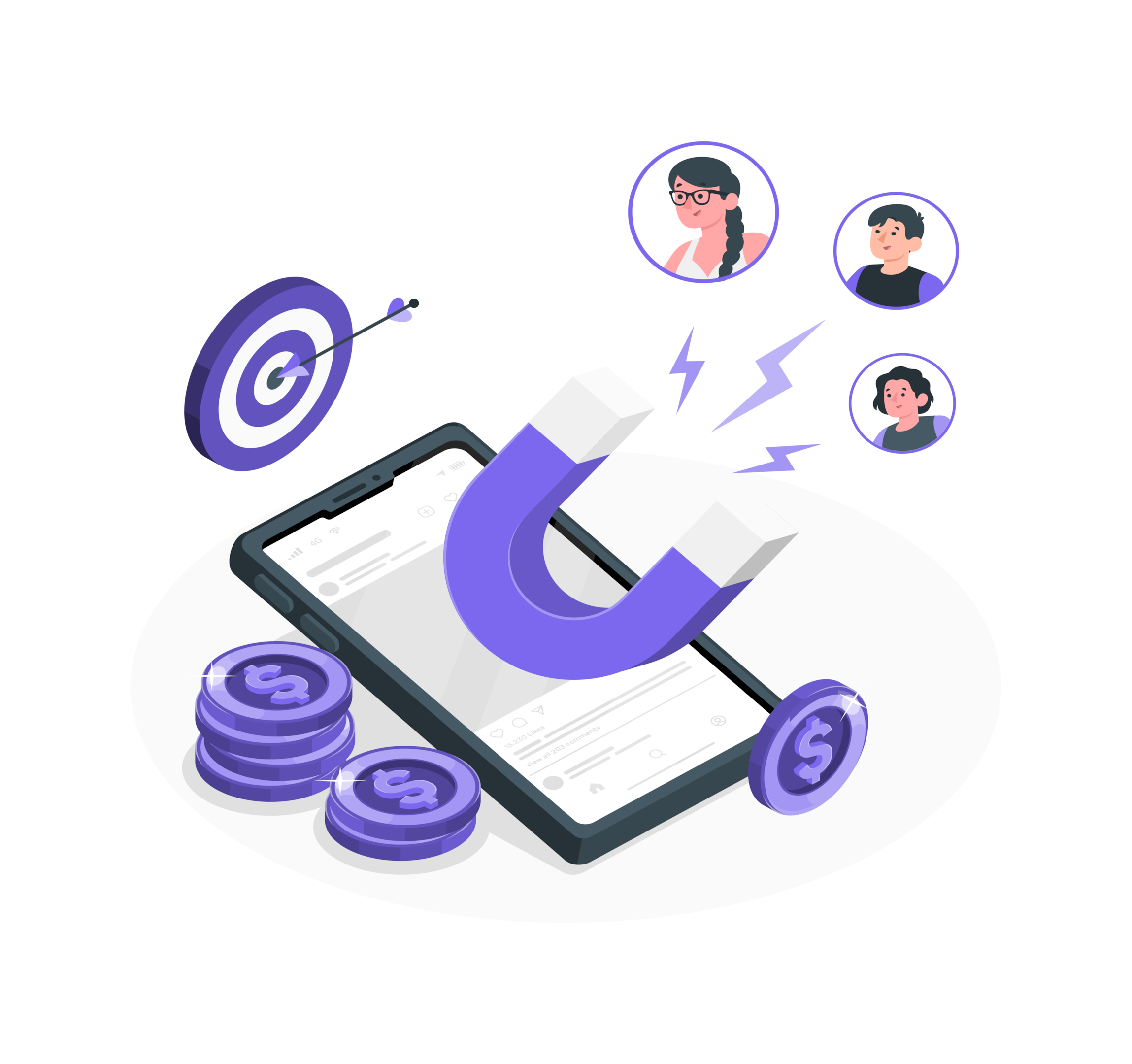
Customer retention simply means keeping the customers you already have and getting them to buy from you again. And it’s not just about repeat purchases, it’s about building a relationship where the customer trusts your brand, prefers your service and sticks around over time.
Why does this matter?
Because a high retention rate means:
In short, the longer a customer stays, the more valuable they become. And in 2025, when competition is intense and customer expectations are high, retention acts as your safety net.
Related Read: What Is CRM? Features, Types, Benefits and More!
Most businesses think of CRM as a tool to manage leads, deals and follow-ups.
And sure, it does all that. But if that’s all you’re using it for, you’re leaving a lot on the table.
A good CRM isn’t just a sales tracker. It’s a customer relationship builder. And when used right, it becomes the backbone of your retention strategy.
Ever had a customer say, “I already told your team that”? That’s what happens when information is scattered across calls, WhatsApp chats and Excel sheets.
With a customer retention CRM, every interaction, call, message and meeting is logged in one timeline. So even if a team member leaves or changes roles, nothing gets lost.
The result? Fewer gaps. Smoother conversations. More trust.
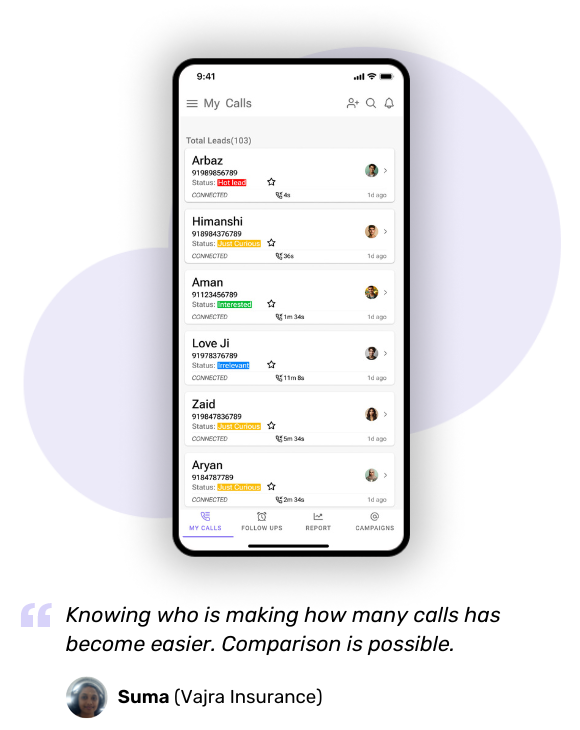
Most businesses are great at follow-ups… until the deal is closed. After that, silence.
But a CRM lets you set reminders, drip sequences or WhatsApp messages to check in after a week, a month or even a year.
This simple touch, “Hey, just checking if everything’s going well”, can be the difference between a one-time buyer and a loyal customer.
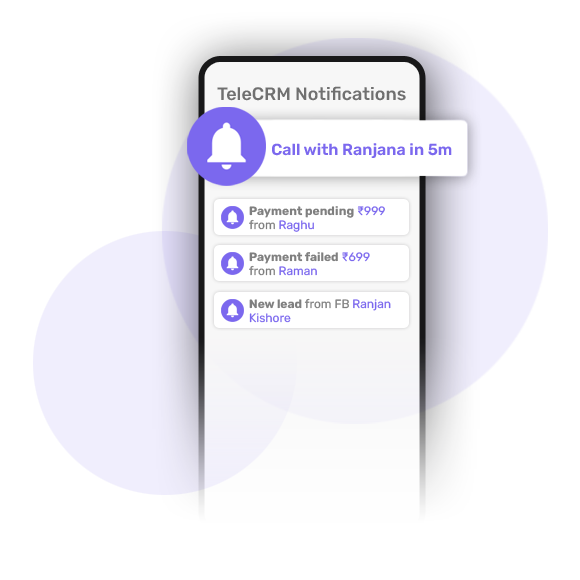
Not all customers want the same thing. With a CRM, you can tag and segment based on behaviour, preferences or past purchases.
So instead of blasting everyone with the same email, you send messages that actually make sense to them. And the more relevant your communication, the stronger the relationship.
Retention isn’t just about selling, it’s about support. A good CRM lets your team log and resolve complaints faster.
And when a customer sees that their problem was handled well, they’re more likely to stay (and even recommend you).
The biggest retention mistakes happen when teams don’t talk to each other. CRM solves that by giving everyone access to the same customer history.
So marketing knows what sales promised. Sales knows what support handled. And support knows what’s going on with every account.
When the whole team is in sync, customers notice.
A customer retention CRM isn’t just about tracking what’s happening, it’s about noticing what’s not happening.
If a regular customer hasn’t ordered in a whileor support tickets have suddenly increased, your CRM can flag that.
So instead of reacting after they’ve left, your team can proactively reach out and fix the issue. This kind of early warning system is crucial if you want to reduce churn.
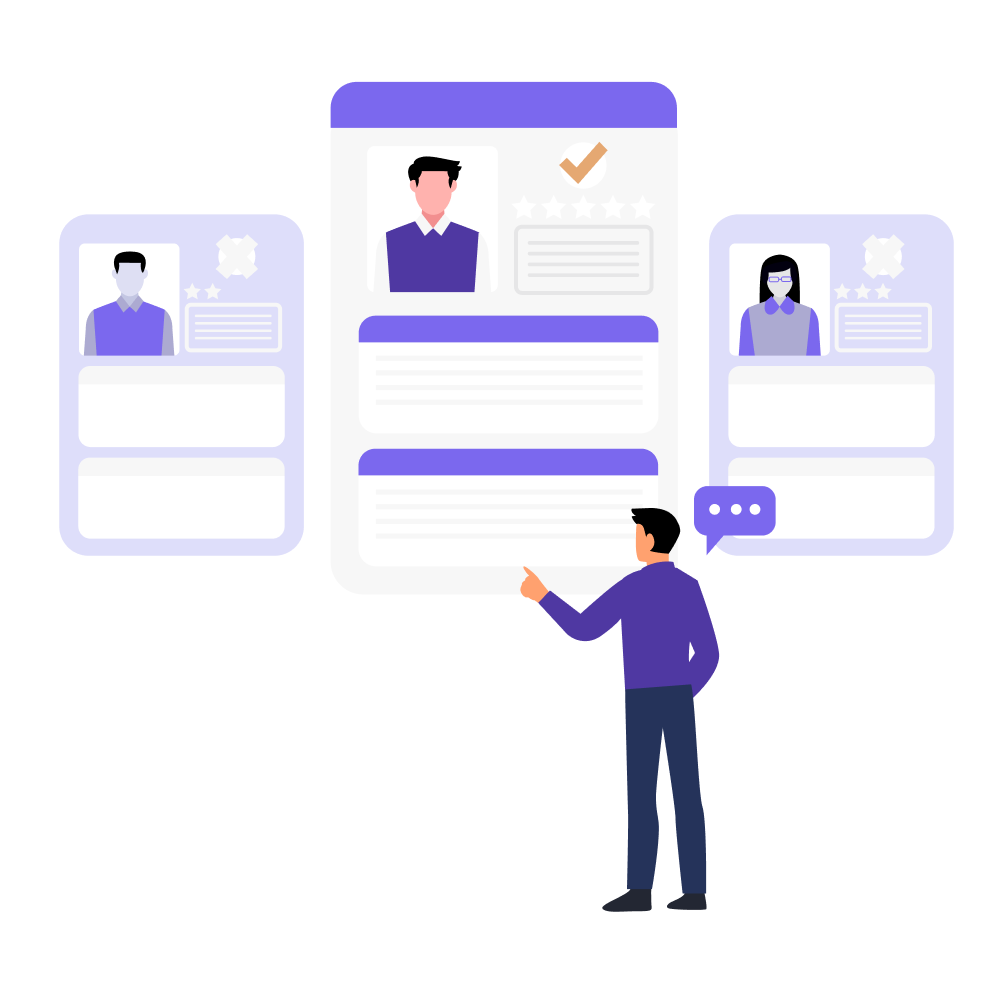
You don’t need to remember everyone’s last purchase or subscription end date. With CRM automation, you can set up loyalty offers, reminders or thank-you messages based on customer activity, automatically.
For example:
These small nudges keep your brand top of mind and your customers coming back.
With the right CRM reports, you’re not just seeing contact info, you’re seeing trends.
This helps you double down on what’s building loyalty and cut what’s not.
Retention starts from day one.
When a new customer comes in, your CRM can trigger an onboarding workflow:
This smooth first experience goes a long way in building trust and reducing early drop-offs.
A customer retention CRM lets your team add small but powerful personal details, like birthdays, preferences or past issues.
So when someone calls back and you say, “Last time you asked about X, how did that go?” You’re not just another vendor. You’re the brand that remembers.
And that builds loyalty faster than any ad campaign.
Related Read: Role of CRM in Automating Sales and Customer Support for SMBs
Now that we’ve seen how CRM software helps with retention, let’s get into the real stuff, the strategies.
These are the exact ways businesses are using CRM tools to build stronger customer relationships, reduce churn and drive repeat sales using a CRM for repeat business.
Some are simple. Others take a bit of setup. But they all work when done right
Some products or services have a natural cycle, monthly subscriptions, annual plans or even consumables like water cans or software licenses.
But here’s the problem: Customers often forget. And so do sales teams.
With a CRM for client retention, you can set automatic reminders based on the last purchase date or subscription expiry. The system will notify your teamor better, send the customer a WhatsApp or email nudge, right before they’re due for renewal.
It’s simple, low-effort and keeps your revenue consistent.
Example:
“Your subscription ends in 3 days. Renew now to continue without interruption.”
You’d be surprised how often that one message brings in a sale you would’ve otherwise lost.
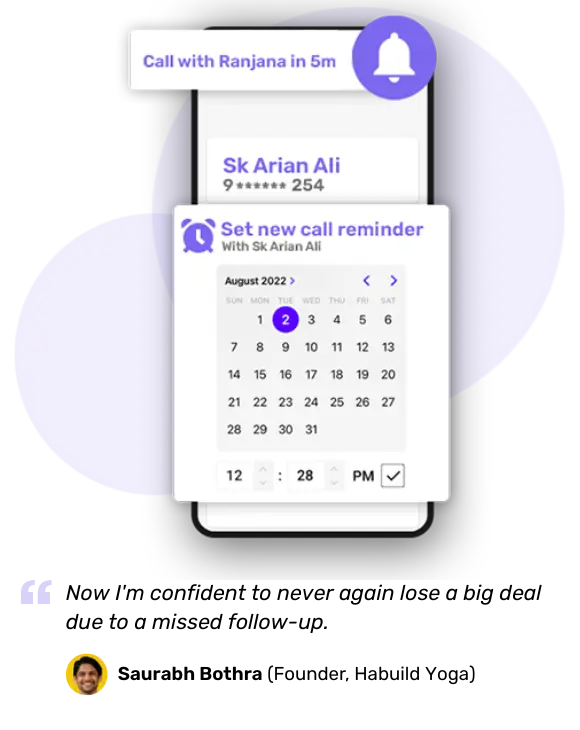
A sale is not the end of the journey. It’s the start of a relationship.
With sales automation tools, you can set up post-purchase drip campaigns that educate, engage and build trust with your new customers.
Here’s how it could look:
It’s like onboarding, on autopilot. And it ensures your customer doesn’t feel abandoned the moment the payment goes through.
One-size-fits-all doesn’t work anymore.
Your CRM lets you group customers based on what they bought, how often they buy and how much they spend. So you can send the right message to the right person, at the right time.
For example:
Better segmentation = better retention. Because you’re not spamming. You’re serving. This kind of segmentation boosts CRM customer engagement because you’re not spamming. You’re serving.
Churn doesn’t usually happen overnight. It starts when a customer stops engaging, starts complaining moreor simply goes quiet. Using your CRM, you can flag these signs early by tagging:
Once tagged, your team can jump in, talk to them, offer helpor just listen. Often, that small action is enough to turn things around.
Ever had a customer repeat the same issue three times to three different people?
That’s what happens when complaint tracking is handled on sticky notes or in WhatsApp groups.
With a customer retention CRM, every issue is logged, tracked and resolved in one place. Your team knows exactly what’s been said, what’s been done and what still needs attention.
The customer doesn’t need to repeat themselves. You don’t need to dig for information. And everyone feels more confident and in control.
Want to know if your customers are happy? Ask them.
With CRM tools, you can automate feedback collection, right after a sale, a support ticketor even a delivery.
This could be a simple WhatsApp message or a short survey asking: “How likely are you to recommend us?”
This is your Net Promoter Score (NPS). And it tells you a lot:
Once this data lives inside your CRM, your team can act fast:
Everyone loves to feel appreciated, especially repeat customers.
With a customer loyalty CRM, you can automatically trigger offers or loyalty perks after a certain number of purchases or amount spent.
For example:
The best part? You don’t have to track it manually. The CRM does the counting and sending, your team just gets to enjoy the happy replies.
Sometimes customers go silent. It doesn’t always mean they’re unhappy; maybe they just forgot. Maybe they got busy. Instead of letting them disappear, your CRM can automatically re-engage cold customers with a friendly reminder sequence.
Here’s how it could look:
This isn’t pestering, it’s thoughtful. And it often works better than trying to chase brand-new leads.
In a world full of generic email blasts, a simple “Happy Birthday” or “Happy Diwali” stands out.
Your CRM can store important dates, birthdays, anniversaries, festivals and automatically send warm, personalised messages via WhatsApp or email.
No hard sell. No CTA. Just goodwill.
And when it comes time to renew, buy again or recommend you, guess who they’ll remember?
Customers hate repeating themselves. But teams forget things, unless they’re written down.
A customer retention CRM lets your team log small details:
Next time you talk, you’re not just following up. You’re continuing the conversation with context.
That personal touch goes a long way in building loyalty. This level of detail is what makes a personalised CRM so powerful for relationship building.
Some leads go cold, not because they’re not interested, but because the timing wasn’t right.
Instead of letting them sit idle, your CRM can help you run automated re-engagement campaigns with helpful content, updates or special offers.
You can segment them based on inactivity (30/60/90 days)and trigger:
It’s a gentle way to reopen doors, without starting from scratch.
Not all customers are equal. Your top clients deserve extra care.
With CRM filters and rules, you can automatically assign high-value or repeat customers to your most experienced reps. No manual sorting. No missed follow-ups.
This ensures:
Related Read: 11 Affordable CRM Software India for 2025 [Small Business Guide]
Support doesn’t stop at ticket resolution.
Your sales cycle CRM can be used to send reminders to your service team to follow up with customers after a query is resolved:
It shows the customer that you care beyond the ticket and that makes them stay.
Gratitude is powerful. After every purchase, demo, renewal or interaction, a simple thank-you message from your team, automated through the CRM, can leave a lasting impression.
You don’t need to pitch anything. Just say thanks and let the relationship grow naturally.
Example:
“Thanks for choosing us, your support means everything. We’re here if you need anything.”
It’s small. It’s easy. And it makes people feel valued.
Your CRM tracks where each lead came from, Google Ads, Justdial, referrals, etc.
But here’s the trick: don’t just track acquisition, track retention by source.
This helps you figure out:
Retention-focused tracking lets you invest smarter, not just louder.
Your CRM is more than a database, it’s a decision-making tool.
With tagging or custom filters, you can flag your high-value, high-frequency customers so they’re never overlooked in daily follow-ups.
Your sales or support team can:
This ensures that loyal customers get faster, more personalised service, without needing to ask for it.
Retention isn’t just about keeping customers. It’s also about growing customer value over time.
For any CRM for small and medium size business, the real value lies in retention. A good CRM lets you see what customers have already bought and recommend what they might need next.
For example:
You’re not guessing. You’re using real data to make helpful suggestions at just the right time.
And when done right, these upsells feel less like sales and more like service.
For many Indian SMBs, improving retention is easier said than done. They often manage to crack better lead conversion rates, but when it comes to keeping those customers engaged after the sale, the results are often average.
And it’s not due to a lack of intent.
Most SMBs genuinely want to build long-term relationships with their customers but what’s missing is the right system to support that effort. This is where Telecrm fits in.
It’s built to help businesses manage both pre-sales and post-sales workflows in one place.
While your team focuses on converting new leads, Telecrm ensures that existing customers don’t get lost in the process.
It helps your business stay organised at every stage:
The result? Your sales team closes better. Your support team responds faster. And your customers stick around.
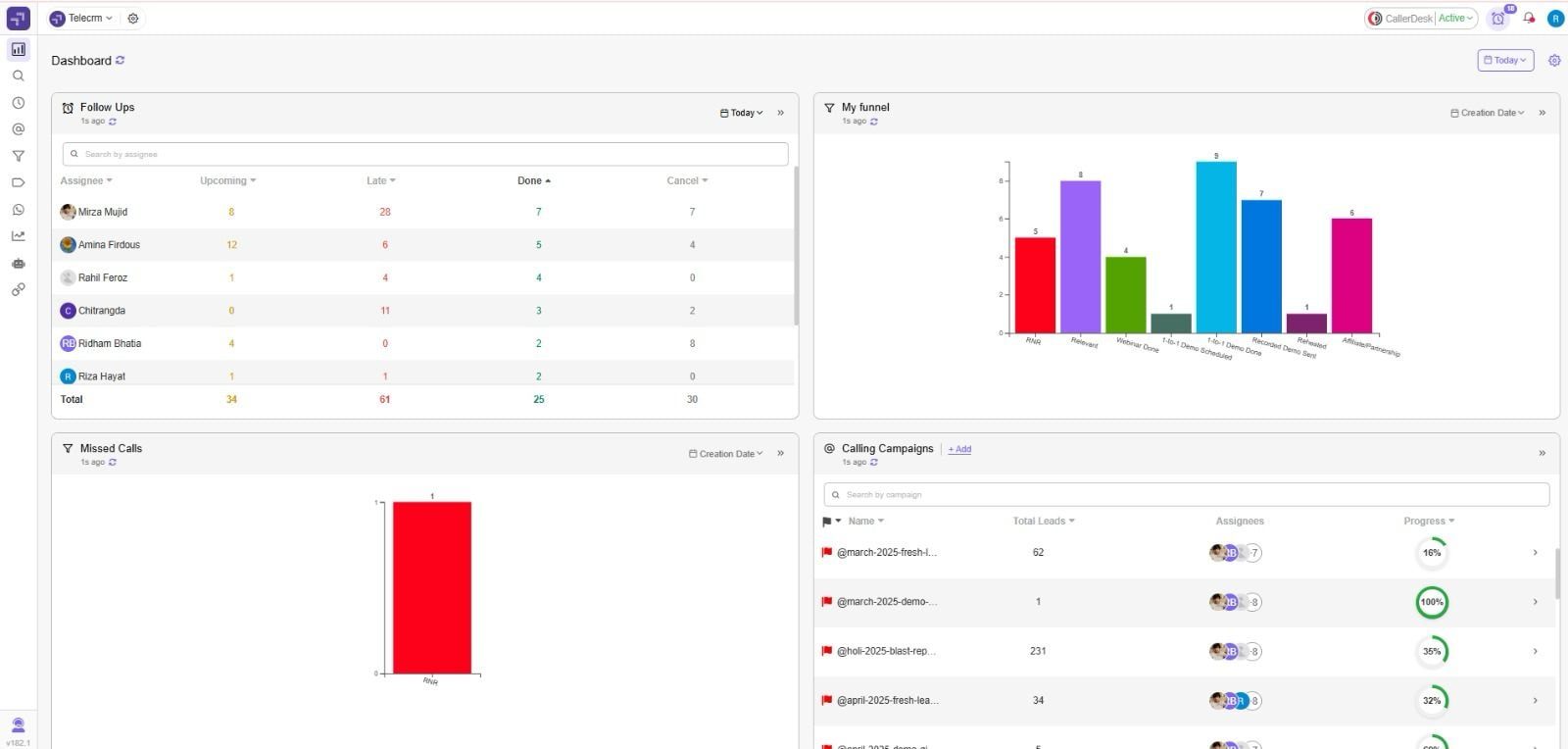
If you’re only chasing new leads but ignoring the customers you’ve already earned, you’re leaving money and loyalty on the table.
The good news? You don’t need a separate tool or a complicated system to fix that. You just need to use your CRM the right way.
Because when your CRM helps you:
You’re not just managing contacts. You’re building relationships that last.
So, whether you’re a growing SMB or a sales-led team looking for long-term results, investing in customer retention CRM is essential.
Start small. Pick 3–4 strategies from this list. Test them. Optimise them. And watch how it transforms your repeat revenue and your customer relationships.
And if you’re looking for options, here’s a list of the 10 best CRM software in India based on industry, size and pricing in 2025.
But if you wish to save yourself the trouble, you can go for Telecrm, India’s best sales and customer retention CRM. Book a FREE demo to see Telecrm in action today!


© Copyright 2025 Telecrm.in - All Rights Reserved • Privacy Policy • T&C
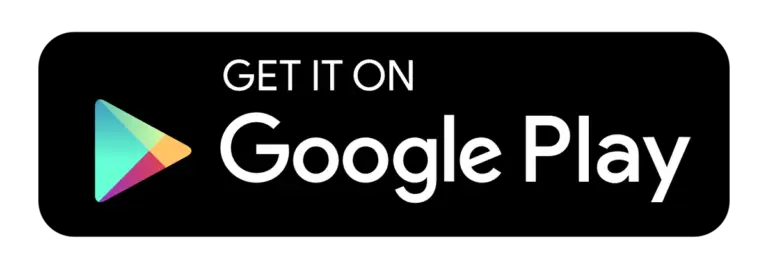

© Copyright 2025 Telecrm.in - All Rights Reserved • Privacy Policy • T&C